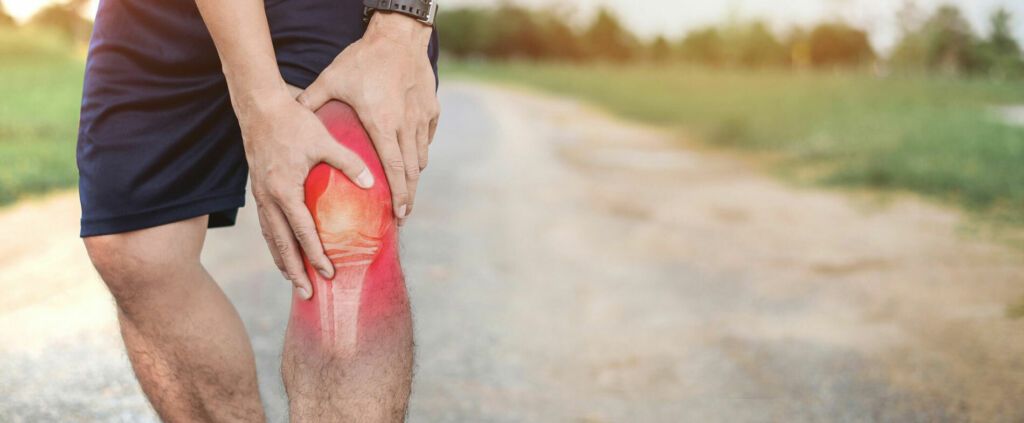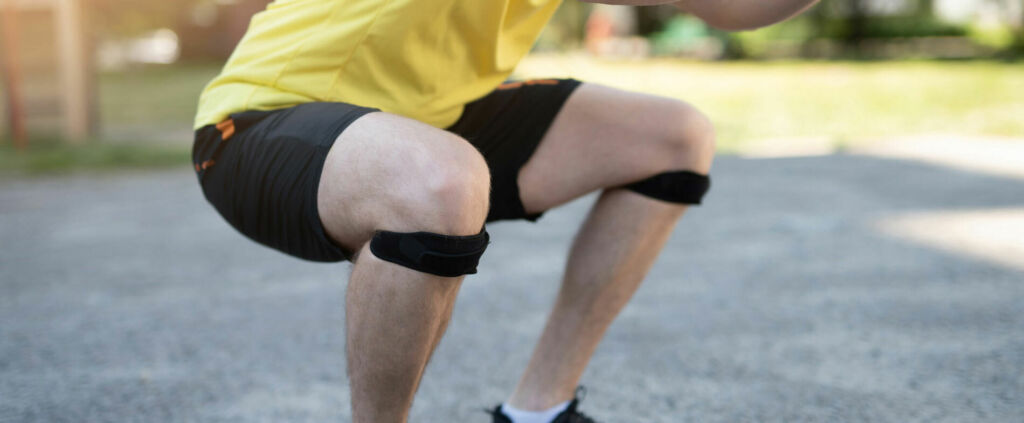Knee pain can arise from various causes, including acute injuries, overuse, and degenerative conditions. Common sources of knee pain include ligament sprains and tears (such as ACL or MCL injuries), meniscus tears, tendonitis, arthritis, and conditions like patellofemoral pain syndrome. Whether caused by a sudden trauma or the wear and tear of daily activities, knee pain can worsen over time if left untreated.
Early diagnosis is crucial in preventing further damage and ensuring effective treatment. At Access Sports Medicine, we take a comprehensive approach to knee pain management, beginning with an accurate diagnosis through advanced imaging and expert evaluation.
Treatment options vary based on the severity and cause of the pain. Many patients find relief through conservative therapies such as physical therapy, bracing, anti-inflammatory medications, and lifestyle modifications. For more severe cases, we offer minimally invasive procedures, regenerative medicine options, and, when necessary, surgical interventions like arthroscopic knee surgery or total knee replacement. Our goal is to help patients recover, restore mobility, and return to an active, pain-free life.
Understanding Knee Pain: Where Does It Hurt?

Understanding where your knee pain is located can provide valuable insight into its underlying cause. Our knee pain location chart, available for download, highlights five primary areas where discomfort can occur, along with common conditions associated with each.
- Front of the Knee (Patella)
- Inner (Medial) Knee
- Outer (Lateral) Knee
- Back of the Knee (Popliteal Fossa)
- Above the Kneecap (Quadriceps Tendon)
Pinpointing the location of your knee pain is an essential step in determining the best course of treatment. If you’re experiencing persistent or worsening symptoms, seeking professional evaluation can help prevent further complications and guide you toward effective relief.
Don’t Let Knee Pain Hold You Back!
Download our FREE Knee Pain Location Chart and pinpoint the source of your discomfort. Get the right treatment faster and get back to doing what you love.
Common Knee Injuries and Conditions

Knee injuries can range from mild sprains to severe ligament tears, often affecting mobility and daily activities. Below are some of the most common knee injuries and conditions, their symptoms, causes, and what to expect during treatment.
ACL Injuries
The anterior cruciate ligament (ACL) is crucial for knee stability, and injuries often occur due to sudden stops, pivots, or direct impact. Symptoms include a popping sensation, swelling, instability, and pain when bearing weight.
➡ Learn more about ACL Treatment
MCL Injuries
The medial collateral ligament (MCL) is located on the inner side of the knee and is commonly injured from a direct blow or excessive twisting. Symptoms include pain, swelling, and difficulty moving the knee. Treatment may involve bracing, physical therapy, or, in severe cases, surgery.
➡ Explore MCL Treatment Options
Meniscus Tears
The meniscus, a cushion between the thigh and shin bones, can tear due to twisting motions or degeneration over time. Symptoms include swelling, stiffness, and difficulty fully straightening the knee. Recurrence is a concern, even after surgery, especially if rehabilitation isn’t followed properly.
➡ Can You Tear Your Meniscus Again After Surgery?
Patellar Fractures
A patellar fracture is a break in the kneecap, often caused by a fall, direct impact, or accident. Symptoms include severe pain, swelling, and difficulty straightening the knee. Minor fractures may heal with bracing, while more severe cases require surgery to restore function. Early treatment is key to preventing long-term complications.
➡ What to Expect During Physical Therapy for a Knee Injury
Shin Splints
Shin splints cause pain along the shinbone (tibia) due to overuse, which is common in runners and athletes. Symptoms include tenderness, swelling, and discomfort during activity. Rest, ice, stretching, and proper footwear can help relieve pain and prevent more serious injuries like stress fractures.
➡ Everything You Need to Know About Preventing Overuse Injuries
Runner’s Knee
Runner’s knee (patellofemoral pain syndrome) is a common overuse injury causing pain around or behind the kneecap. It’s often linked to muscle imbalances, poor tracking of the patella, or high-impact activity. Treatment includes strengthening exercises, physical therapy, and activity modification to keep you moving pain-free.
➡ Jumper’s Knee vs Runner’s Knee: What’s the Difference?
If you’re experiencing knee pain or suspect an injury, early evaluation and treatment can make a significant difference in recovery and long-term joint health.
Comprehensive Knee Pain Treatment Options

- Non-Surgical Treatments:
- RICE Therapy (Rest, Ice, Compression, Elevation): The first line of defense for acute injuries.
- Physical Therapy: Customized exercise programs to strengthen muscles, improve flexibility, and restore function.
- Anti-inflammatory Medications: To reduce pain and swelling.
- Bracing or Orthotics: To provide support and stability.
- Injections: Medications, such as steroids and hyaluronic acid, can reduce pain and increase function for knee pain associated with osteoarthritis. Regenerative medicine/orthobiologics, such as platelet-rich plasma, prolotherapy, and Lipogems may provide longer term pain relief for pain associated with osteoarthritis, degenerative meniscus tears, and chondromalacia.
- Shockwave Therapy: can provide pain relief from degenerative meniscus tears.
- Surgical Treatments:
- Minimally Invasive Procedures: Arthroscopy for ligament repairs, meniscus tears, and other joint issues.
Preventing Knee Pain and Reinjury

Knee pain can significantly impact mobility and quality of life, but proactive steps can help prevent injuries and long-term issues. Whether recovering from an injury or aiming to keep your knees healthy, incorporating strength training, flexibility exercises, proper movement habits, supportive footwear, and a joint-friendly diet can make a big difference.
Key Strength Exercises:
- Squats (bodyweight or resistance-based) – Strengthen quads, hamstrings, and glutes to support knee alignment.
- Step-Ups – Improves knee stability by strengthening leg muscles.
- Leg Raises (straight-leg raises, side leg lifts) – Targets quad s and hip stabilizers.
- Hamstring Curls – Helps balance strength between the front and back of the leg.
- Calf Raises – Strengthen the lower leg muscles, which support knee function.
Flexibility & Mobility Exercises:
- Quad Stretch – Loosens the front thigh muscles, reducing strain on the knee.
- Hamstring Stretch – Increases flexibility in the back of the leg, improving movement mechanics.
- Hip Flexor Stretch – Supports proper knee alignment and reduces compensatory strain.
- IT Band Stretch – Helps alleviate outer knee pain and tightness.
Tip: Focus on low-impact activities like swimming, cycling, and yoga to build knee strength without excessive stress
Why Choose Access Sports Medicine?
- Experienced Team: Our physicians are specialists in sports medicine and orthopedic care.
- Comprehensive Care: From diagnosis to treatment and rehabilitation, we offer everything you need under one roof.
- Personalized Approach: Your treatment plan is tailored to your specific needs and goals.
- Convenient Locations: We have clinics throughout New Hampshire to serve you
Don’t Wait — Early Intervention Is Key
The knee is a complex joint that bears a lot of weight and stress. Ignoring knee or lower extremity pain can worsen your condition and delay recovery. Our experienced team at Access Sports Medicine can diagnose your issue and create a personalized treatment plan to get you back on track.

